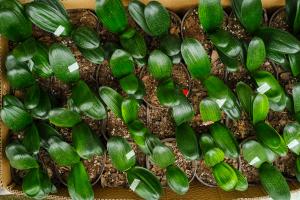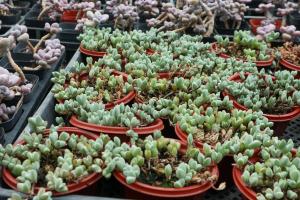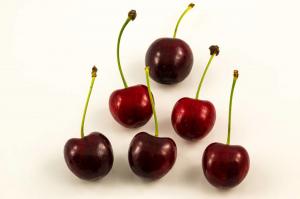1、 Soil:
Artemisia annua has strong adaptability to land. It can be planted in general land, but it is suitable to be cultivated in fertile, loose and good water storage soil
2、 Illumination:
Artemisia annua is a short day plant. Receiving light can promote plant growth. However, the light hours should not be too long, which will affect the plant growth
3、 Watering:
Artemisia annua is a shallow root plant, which is resistant to drought and waterlogging. It does not need too frequent watering and can keep the soil moist
4、 Fertilization:
Before the cultivation of Artemisia annua, soil miscellaneous fertilizer and phosphorus fertilizer are used as the base fertilizer. After 15-20 days and 35-45 days, compound fertilizer and farmyard fertilizer need to be used for topdressing
5、 Pest control:
1. Disease: the main disease of Artemisia annua is stem rot. Stem rot disease will harm the rhizomes of Artemisia annua and cause rot, which can lead to plant death in serious cases. Once the disease is found, the seedbed needs to be disinfected first, and then controlled by spraying methomyl or tobuzin
2. Insect pest: the main pest of Artemisia annua is aphids, which will suck the leaf juice and affect the normal development and growth of plants. Insecticides should be sprayed before its migration and diffusion, and 40% dimethoate or 20% sumidine or aphidijing should be sprayed to prevent and control pests

 jackfruit
jackfruit snake plant
snake plant hibiscus
hibiscus hydrangea
hydrangea lavender
lavender Green roses climb al...
Green roses climb al... If you don't pay att...
If you don't pay att... Management of four g...
Management of four g...

































